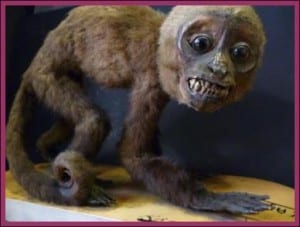Catching dingoes in the dead of night
By Jack Ashby, on 19 June 2012
I spend lots of my holiday time volunteering for a charity in Australia which manages huge areas of land for conservation. The Australian Wildlife Conservancy is dedicated to undertaking in-depth ecological research to form the basis of the decisions on how to manage their sanctuaries. For the past three years I’ve been working with the team of ecologists which manage sanctuaries in northwest Australia, and right now I’m back in the central Kimberley.
In the past I’ve written posts about pitfall, funnel and treadle-trapping for small mammals, lizards, snakes and frogs, and that’s what I’m doing most of the time at the moment, but on top of that I’ve also been involved with catching dingoes, which has been an intense and exciting experience. (more…)
 Close
Close







